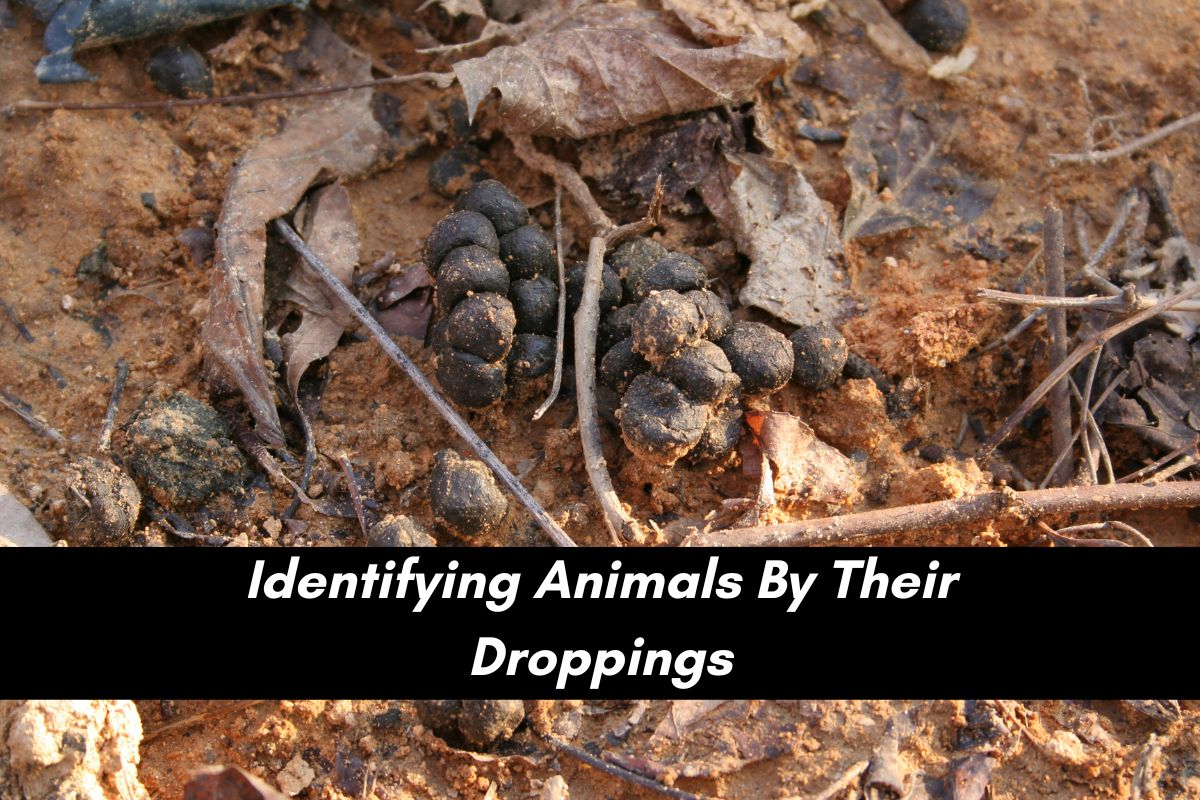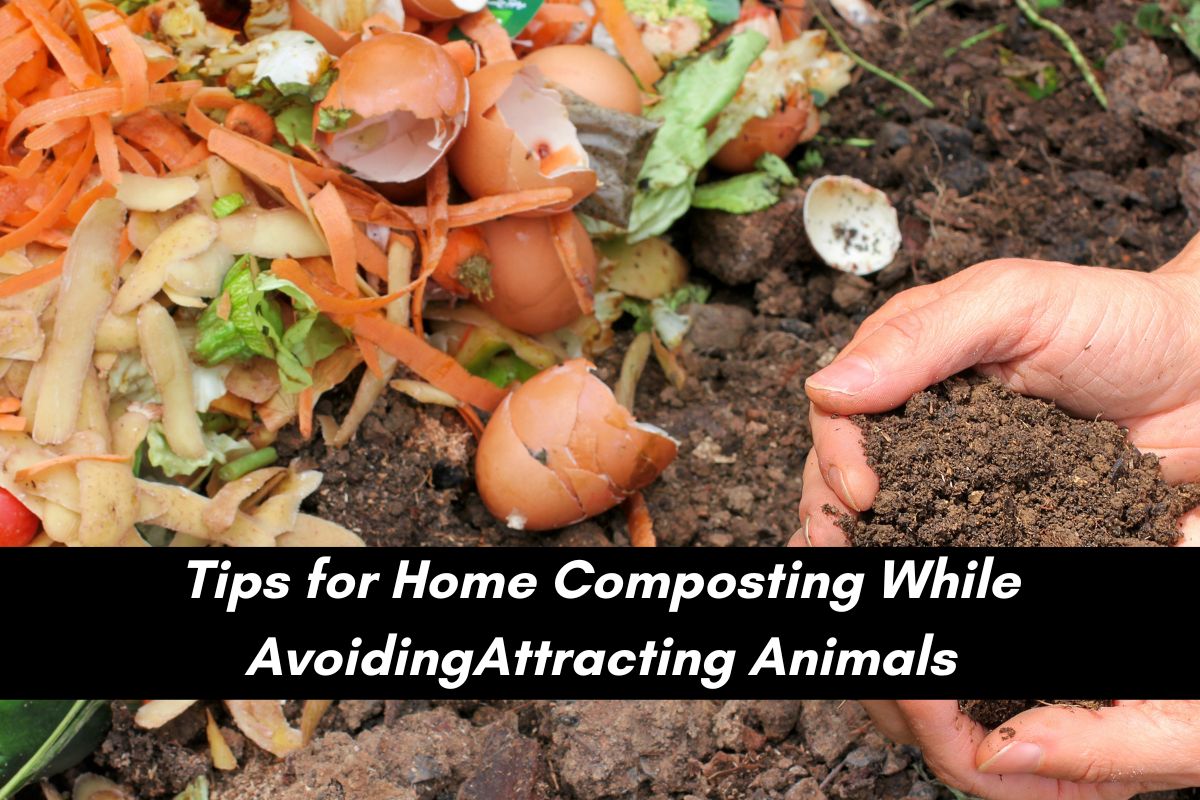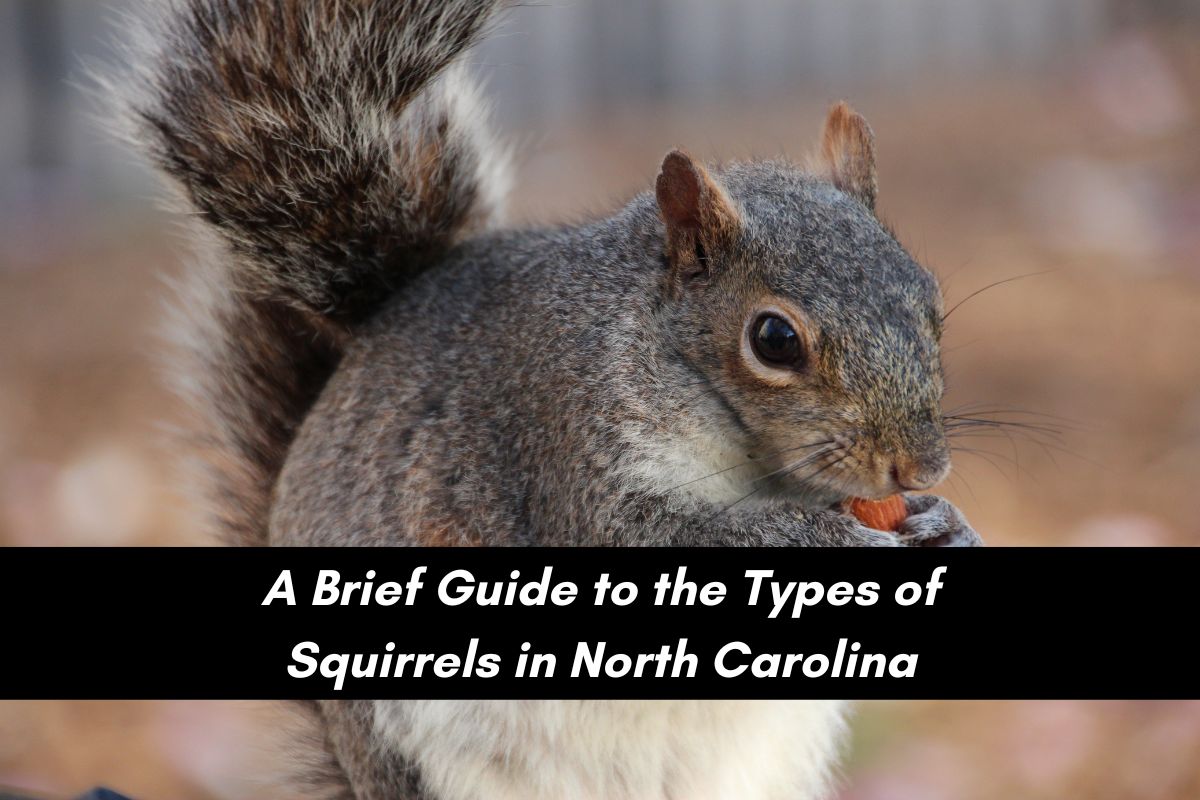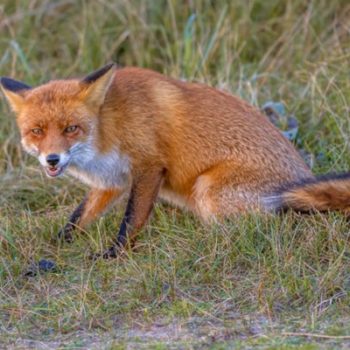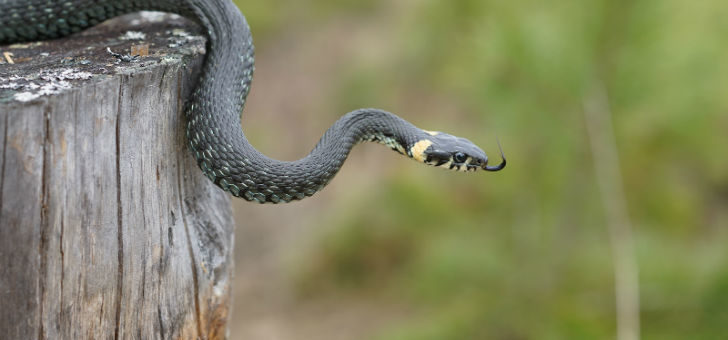
What kind of snakes are around Raleigh?
- Posted by AdminBW
- On June 20, 2017
- 0 Comments
It’s pretty universal. People don’t like snakes. There are the rare snake lovers among us (like us!), but most others are happy to avoid them. Thankfully, they are not usually anything to be afraid of. North Carolina has 37 varieties of snakes and only six of them are venomous. That means the other 31 are not to be feared. Not only that, but bites from those six are not likely to be deadly or lead to permanent injury. In fact, in the entire United States, only 22 fatal snake bites have occurred in the decade of the 2010s so far. The vast majority of these are from types of rattlesnake, which are not in the Triangle.
(Fun fact: snakes aren’t “poisonous” — they’re venomous!)
Venomous Snakes in the Triangle
Five of the six venomous snakes in North Carolina are what are called “pit vipers,” as they have pits of venom on the side of their diamond-shaped heads. The five pit vipers are broken down into two moccasins (the copperhead and cottonmouth, also known as the highland moccasin and the water moccasin) and three rattlesnakes (the eastern diamondback, timber, and pigmy rattlers). The non-pit viper of the six is the coral snake, but these are very rare and live in the far eastern region of the state.
Pit vipers, like North Carolina’s moccasins and rattlesnakes, have a similar diamond-shaped head and are venomous. In the Raleigh-Durham area, we are quite fortunate that the copperhead is the only one of the six venomous North Carolina snakes with much of a presence. It also has the least powerful venom. Those in the outlying areas may see timber rattlers and cottonmouths, as well.
More Common Snakes of the Triangle
So, if the only venomous snake you’re likely to encounter in the Triangle is the copperhead, what are all the other snakes you see around? Some of them look intimidating, but they are not dangerous. It is helpful to understand which species of snake you are dealing with so you don’t overreact to their presence.
Rat Snakes – There are both black and gray rat snakes in the area. They can get pretty large and look menacing, but are actually very beneficial. Rat snakes, as the name suggests, eat rodents. They also eat copperheads, too, and will generally steer clear of people. There’s no need to be alarmed of them.
Garter Snakes – Garter snakes do bite if they feel threatened, but the effects are minor and they are not venomous. They tend to live near water in a variety of habitats and feed on amphibians. Sizes and colors of garter snakes vary some by region.
Eastern King Snake – Sometimes, called the “pied piper” in North Carolina, the eastern king snake is a long, black, nonaggressive species. Like rat snakes, they live off rodents, amphibians, and even other snakes.
Green Snake – The green snake lives in trees and is a bright green. This helps them blend into the grass and trees where they spend their time. For their diet, green snakes eat arachnids and insects, mainly. They are not venomous and are generally not aggressive unless cornered.
Corn Snake – The pattern of the corn snakes skin makes them appear somewhat like a copperhead, so they are often a source of fear. In reality, they are one of the friendlier and non-threatening species of snake you’ll come across and are often kept as pets. They are relatives of the black rat snakes and therefore also are good for keeping rodent populations down.
Critter Control of the Triangle Can Help
If you are unsure, you can always snap a picture and send it to us via email. We are happy to identify dangerous snakes around your property that may be threatening your family and pets.




